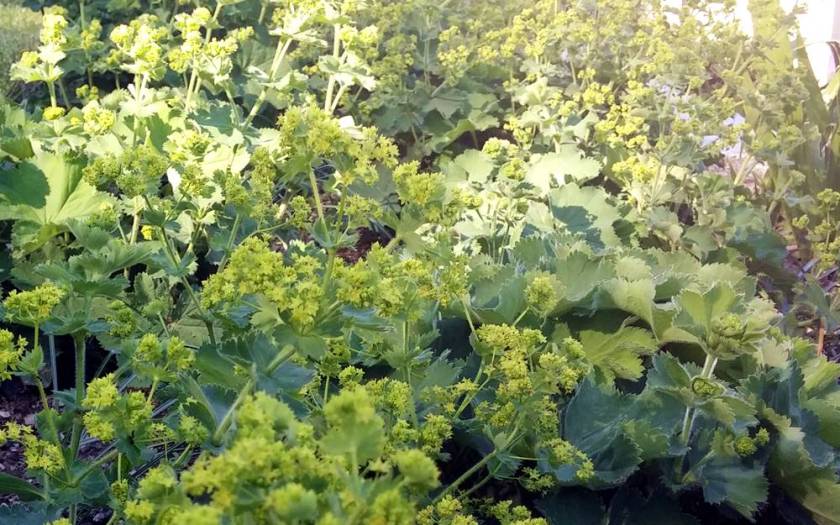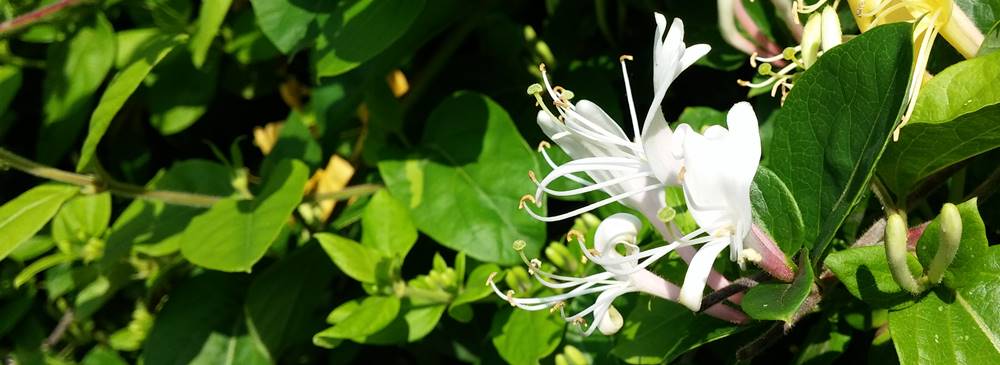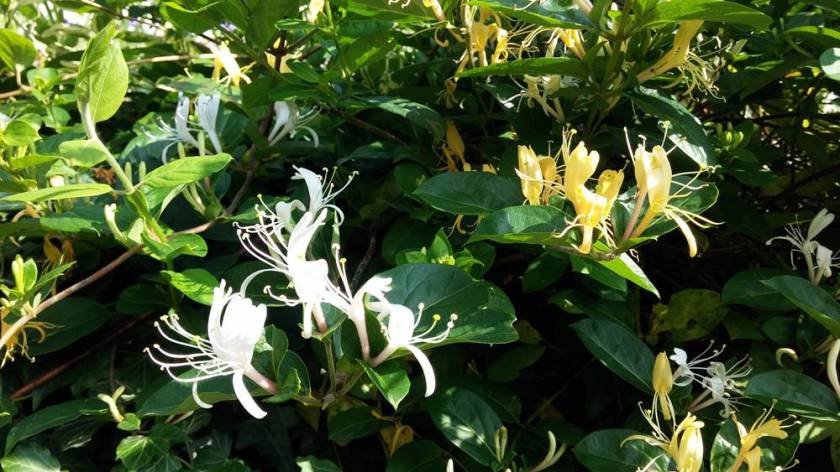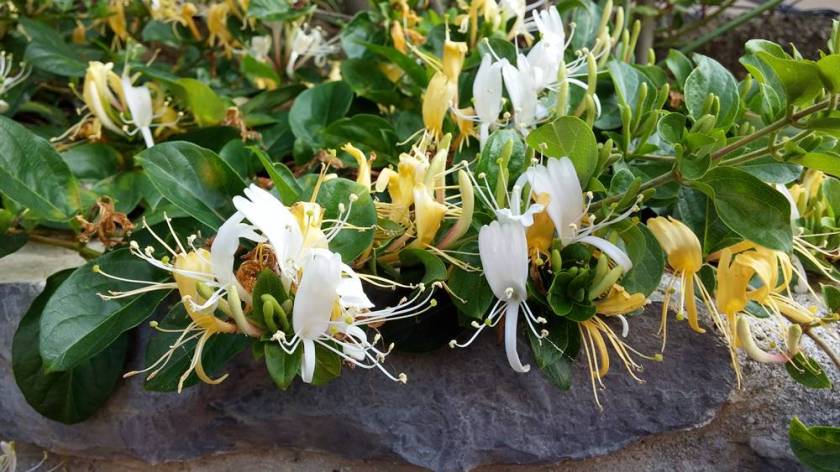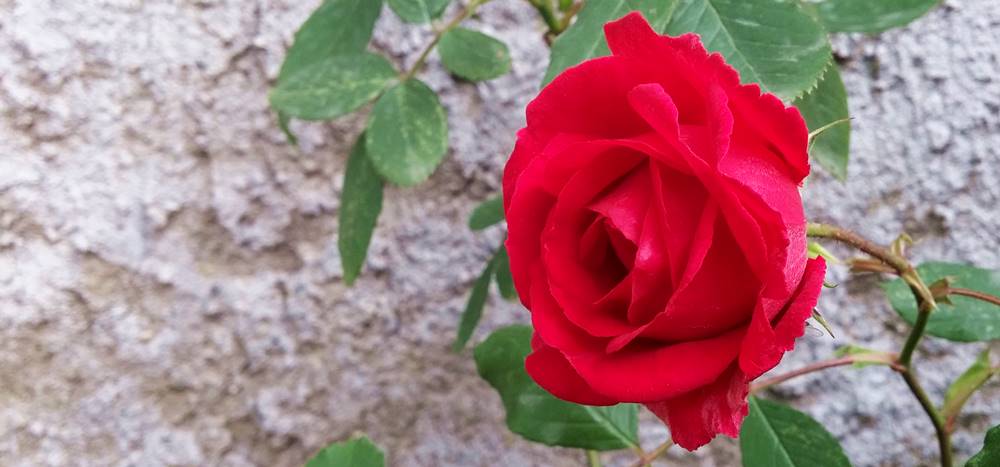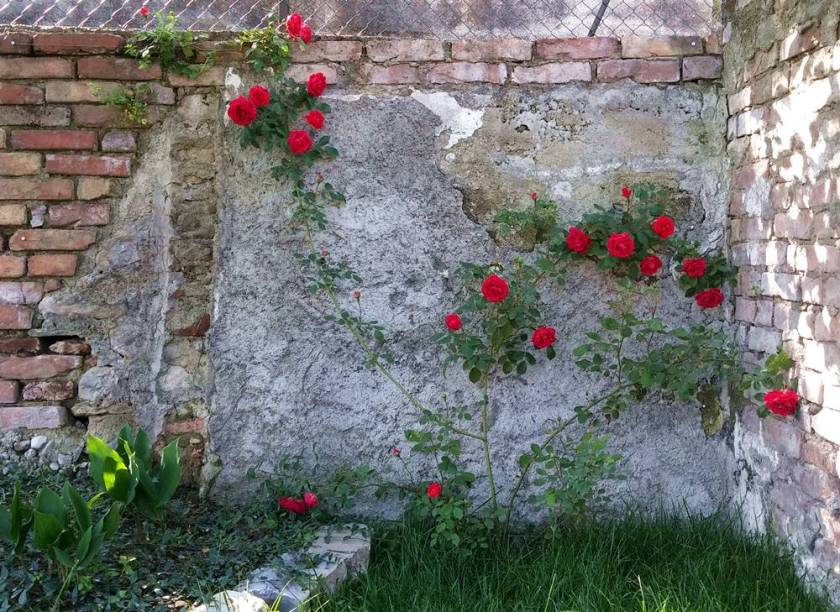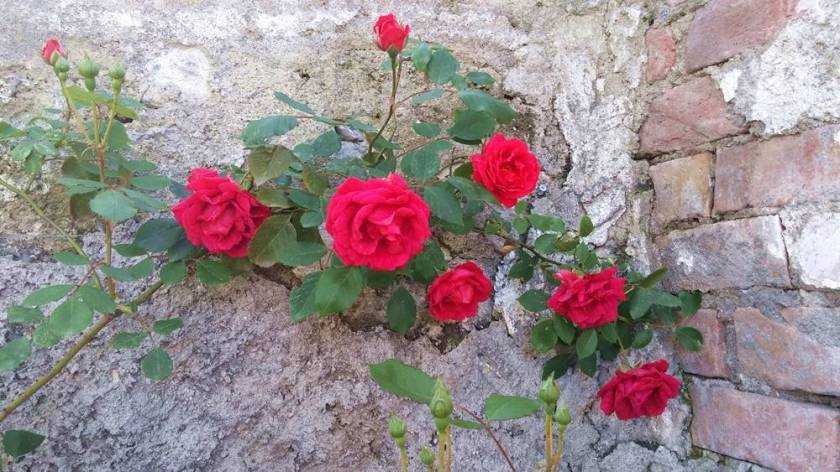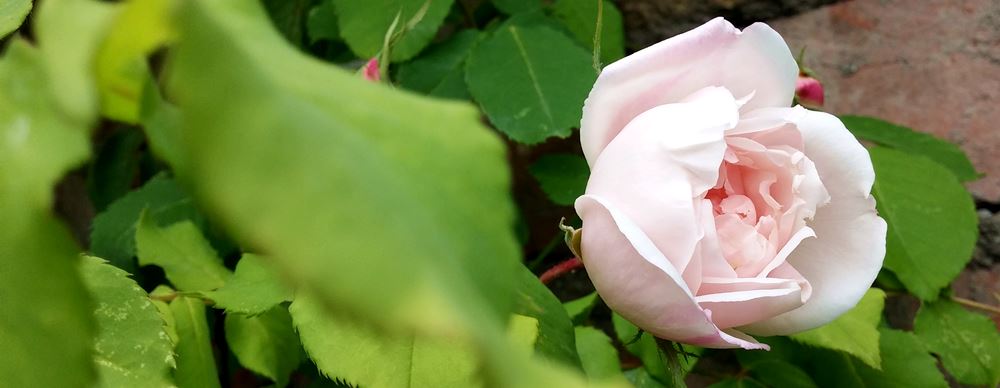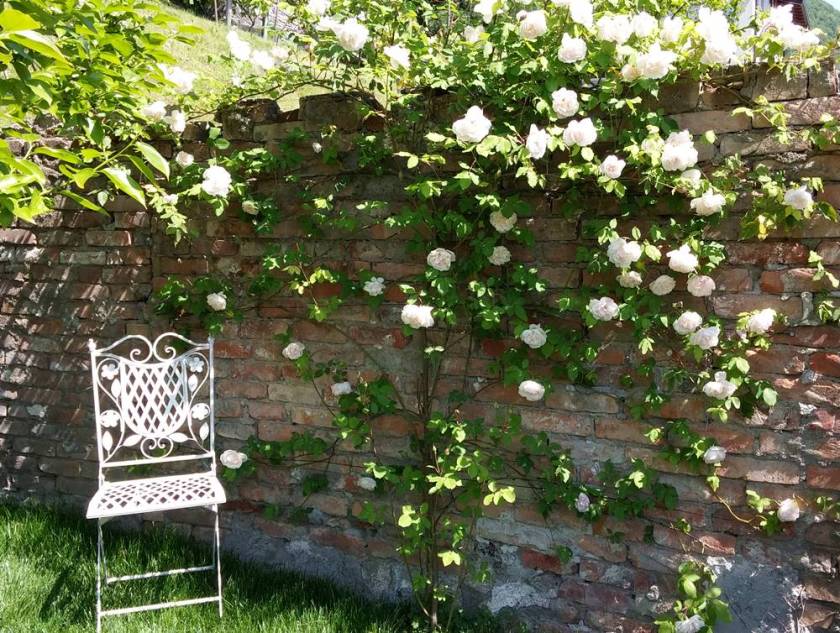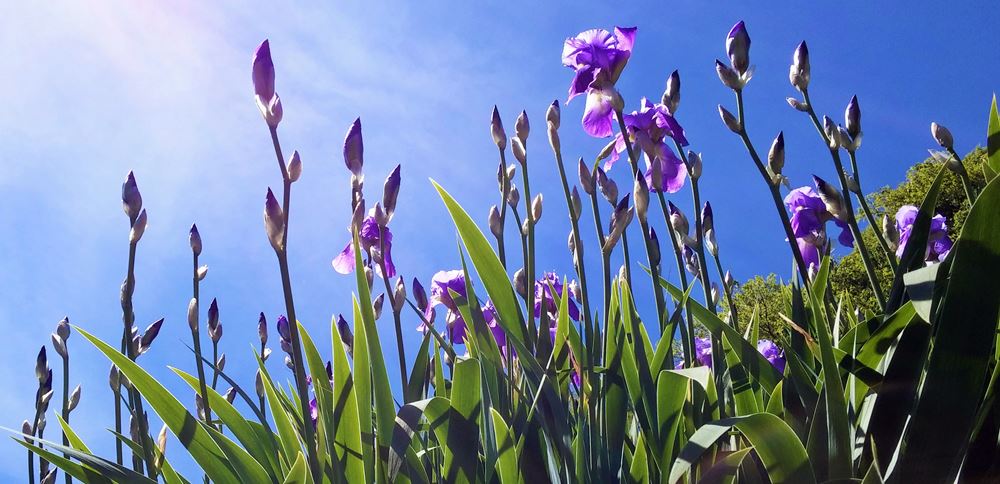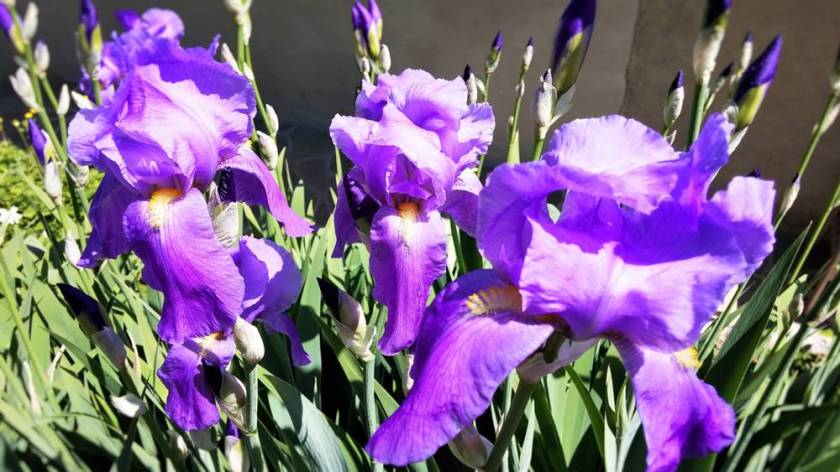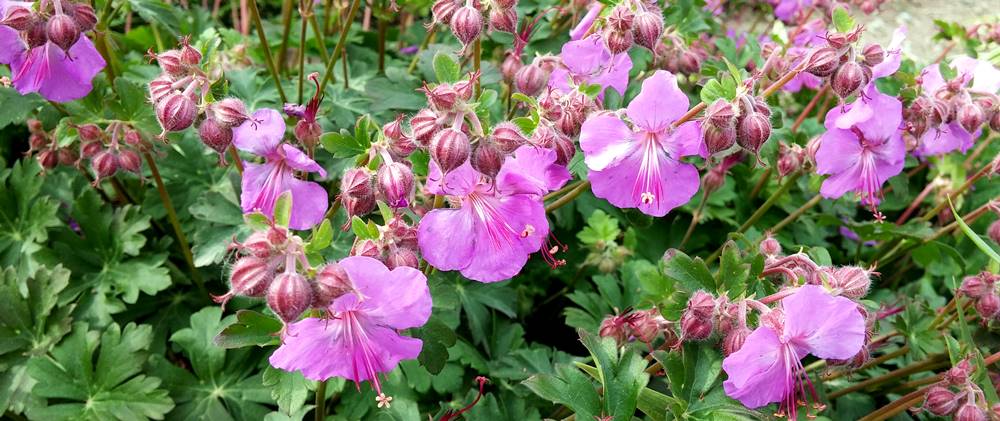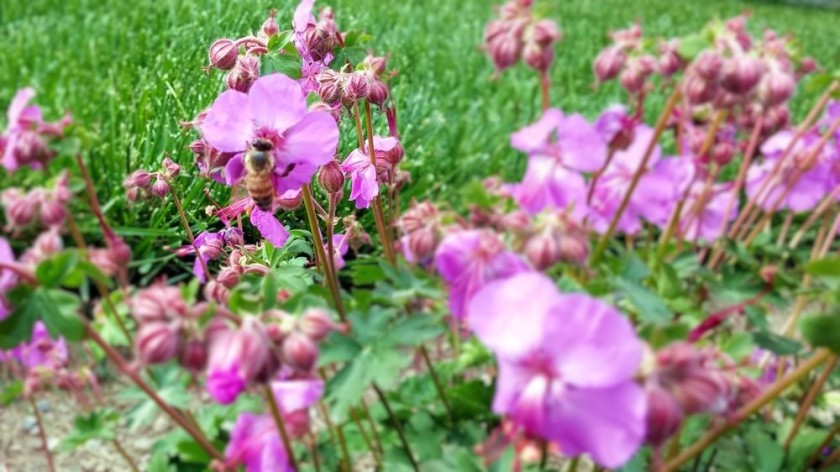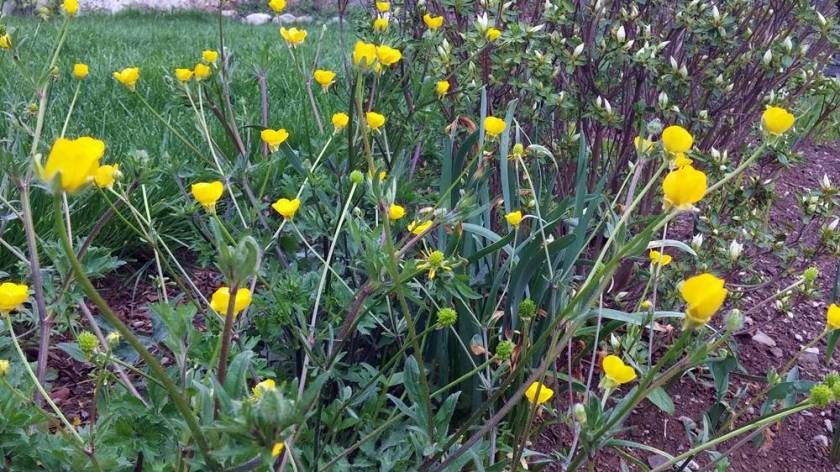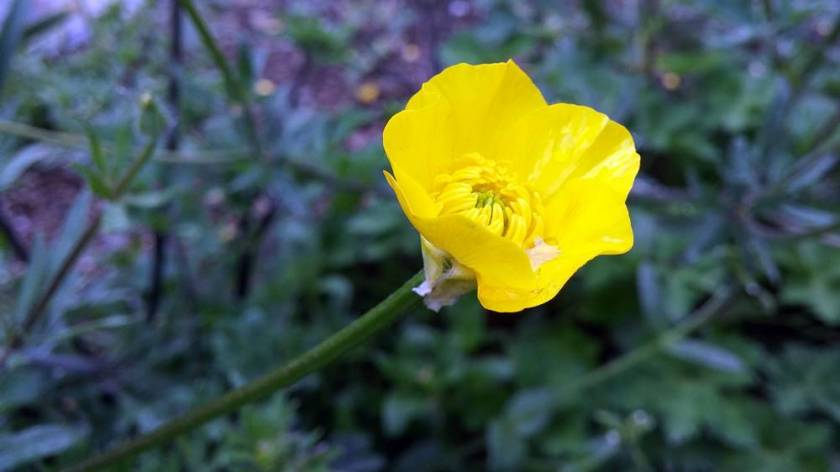These captivating, richly textured magenta flowers belong to Buchanan’s sage, or Salvia buchananii. It may not look anything like common Salvia officinalis, yet both belong to the same family of Lamiaceae.
Native to Mexico, Salvia buchananii was brought to Europe just half a century ago. It was first grown in England by Sir Charles Buchanan, thus its name.
The sage was awarded with the Royal Horticultural Society’s Award of Garden Merit.
Knowing nothing about its background, I noticed Salvia Buchananii at the Orticolario garden show in Como last autumn. There was a vendor with different species of sage. This one caught my eye with its unusual hairy flowers of bright magenta colour.
Magenta sage grows in a herb patch among oregano where it creates an attractive bright spot. It has already started to flower and should continue flowering all the way through summer till late autumn.
Here are two pictures taken a day apart.


#salviabuchananii #sage #buchanansage #garden #spring



